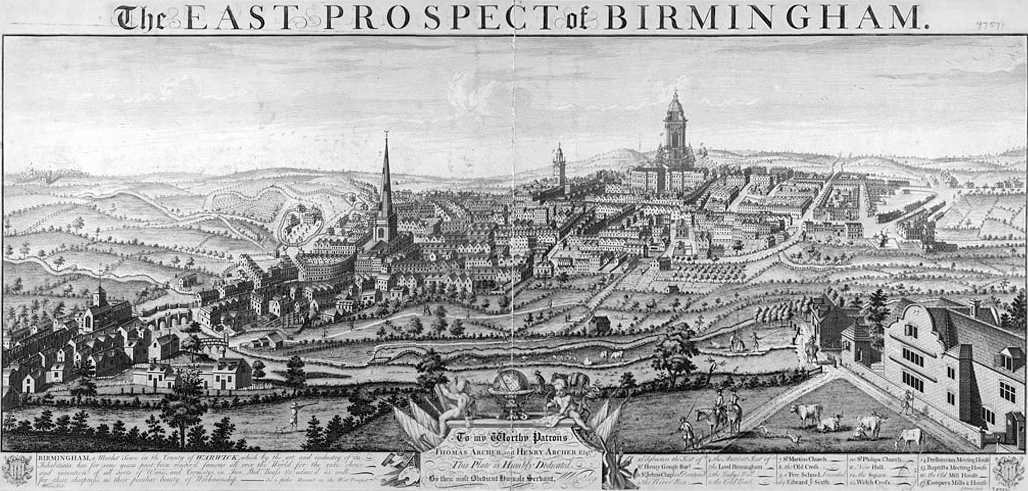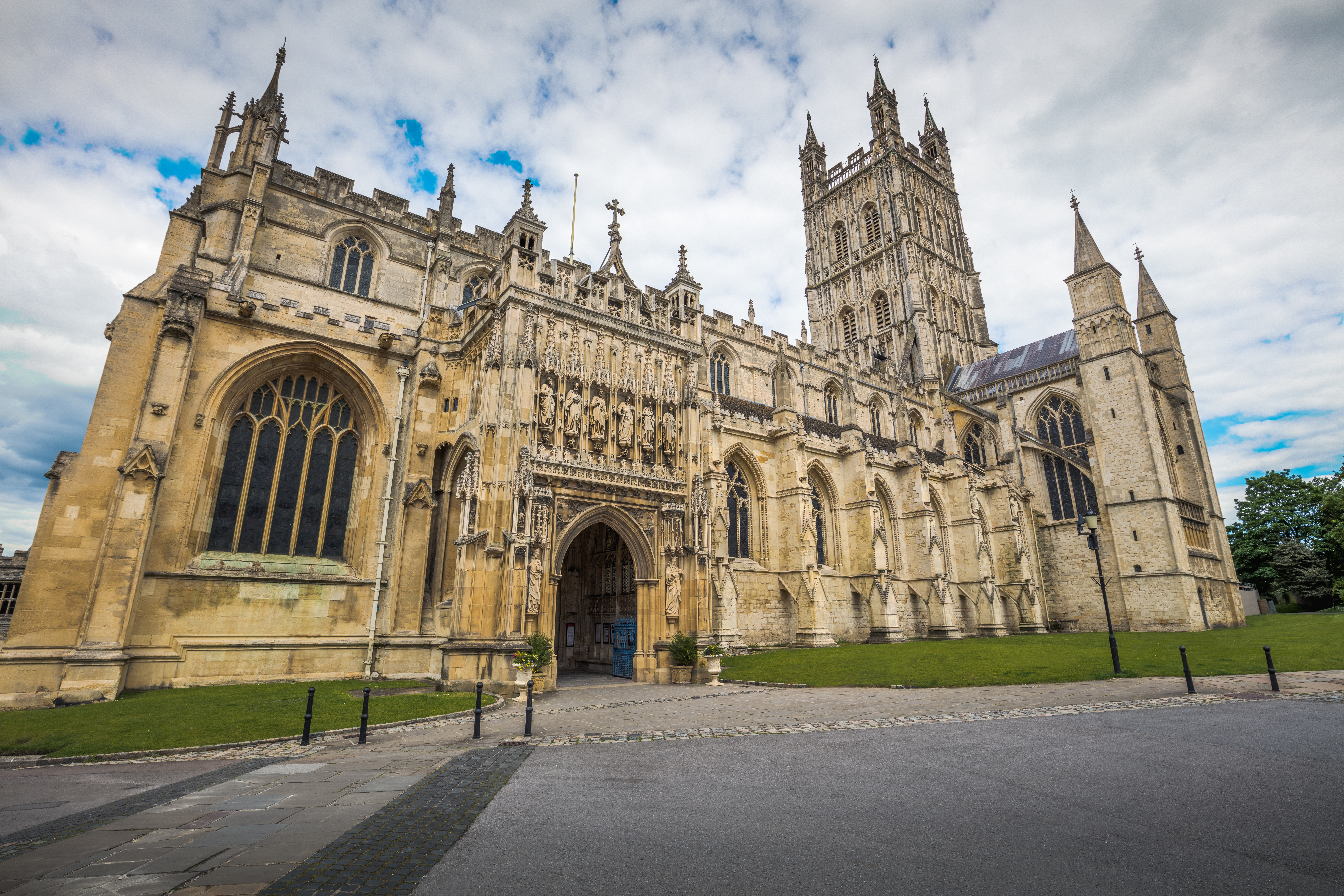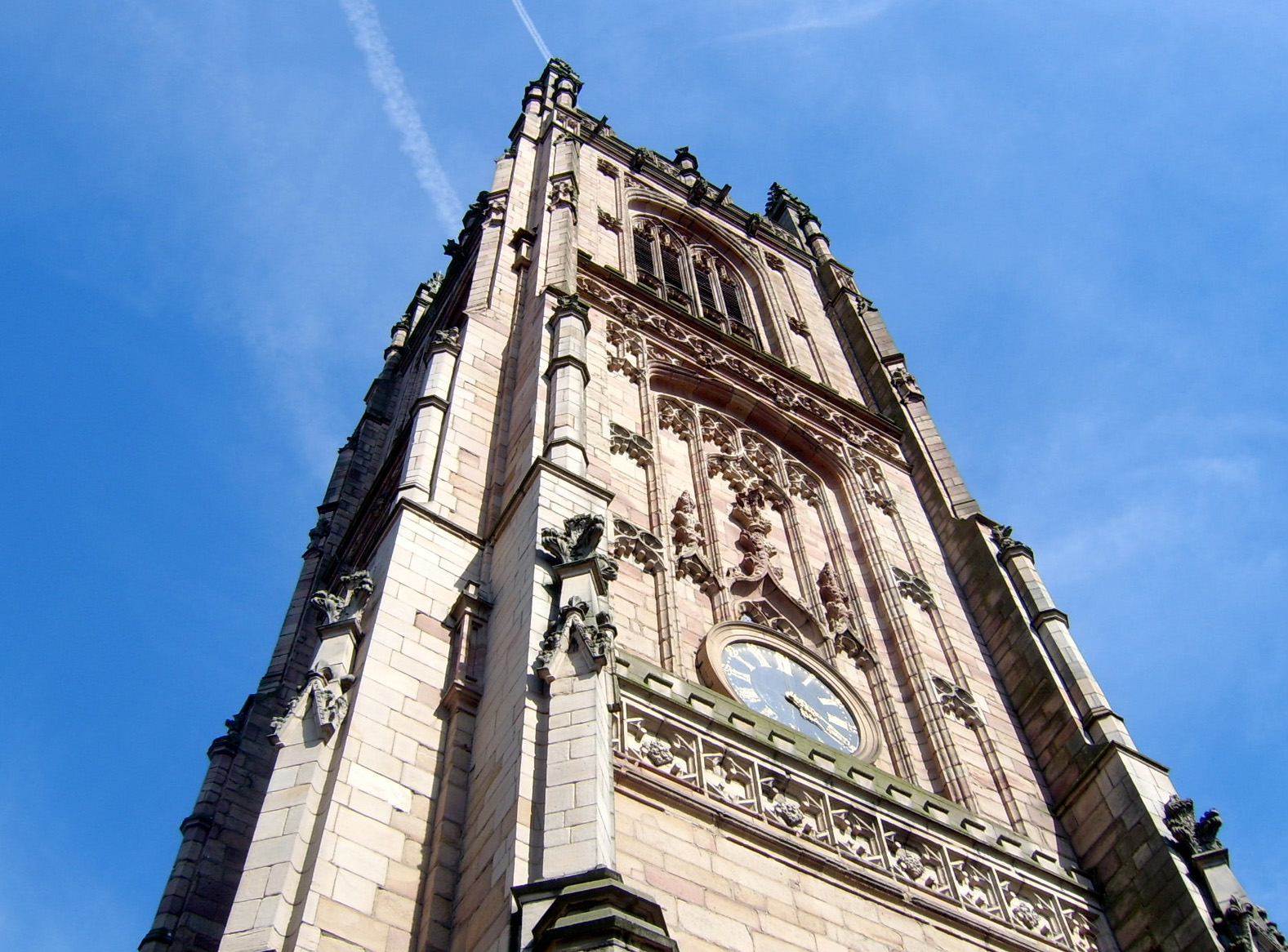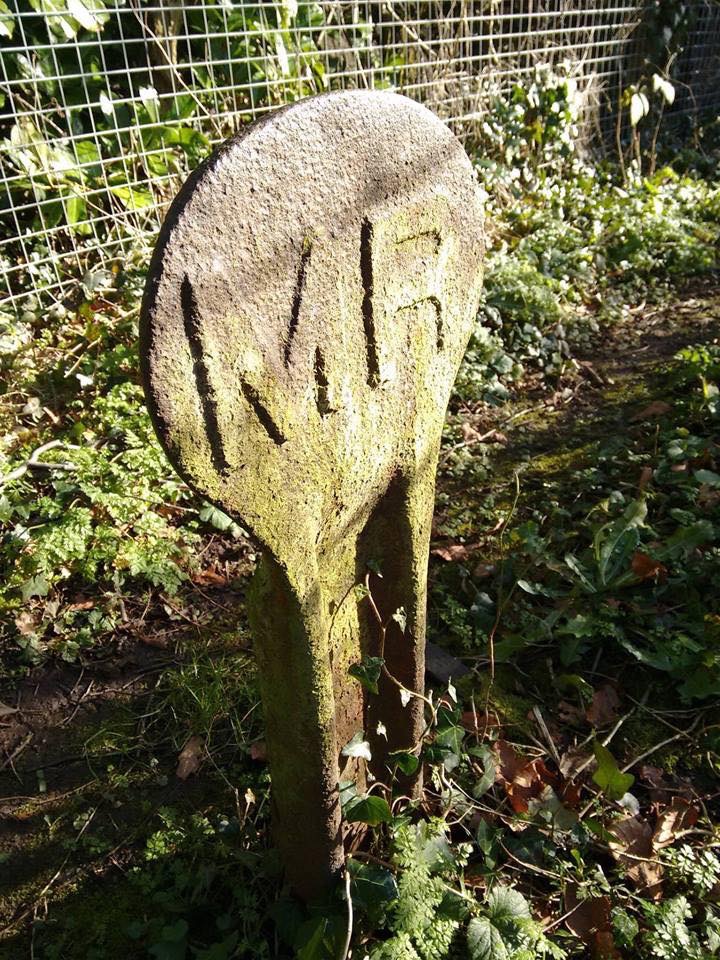|
Stour Valley Line
The Stour Valley Line is the present-day name given to the railway line between Birmingham and Wolverhampton, in England. It was authorised as the Birmingham, Wolverhampton and Stour Valley Railway in 1836; the title was often shortened to the Stour Valley Railway. The line opened in 1852, and the line is now the main line between those places. Associated with its construction was the building of the major passenger station that was later named New Street station, and also lines in tunnel each side of the station, connecting to the existing routes. The station was opened in 1854. Before completion, the company became controlled by the London and North Western Railway, which used dubious methods to harm competitor railways that were to be dependent on its completion. The line was electrified in 1966 and now forms part of the Rugby–Birmingham–Stafford line, an important and very heavily used part of the railway network. Origins Birmingham's first main railway passenger term ... [...More Info...] [...Related Items...] OR: [Wikipedia] [Google] [Baidu] |
Birmingham
Birmingham ( ) is a City status in the United Kingdom, city and metropolitan borough in the metropolitan county of West Midlands (county), West Midlands, within the wider West Midlands (region), West Midlands region, in England. It is the List of English districts by population, largest local authority district in England by population and the second-largest city in Britain – commonly referred to as the second city of the United Kingdom – with a population of million people in the city proper in . Birmingham borders the Black Country to its west and, together with the city of Wolverhampton and towns including Dudley and Solihull, forms the West Midlands conurbation. The royal town of Sutton Coldfield is incorporated within the city limits to the northeast. The urban area has a population of 2.65million. Located in the West Midlands (region), West Midlands region of England, Birmingham is considered to be the social, cultural, financial and commercial centre of the Midland ... [...More Info...] [...Related Items...] OR: [Wikipedia] [Google] [Baidu] |
Shrewsbury And Birmingham Railway
The Shrewsbury and Birmingham Railway was authorised in 1846. It agreed to joint construction with others of the costly Wolverhampton to Birmingham section, the so-called Stour Valley Line. This work was dominated by the hostile London and North Western Railway, which used underhand and coercive tactics. The section between Shrewsbury and Wellington was also built jointly, in this case with the Shropshire Union Railway. The S&BR opened from Shrewsbury to its own Wolverhampton terminus in 1849. The Stour Valley Line was still delayed by the LNWR, but the S&BR eventually got access to it in 1852. By this time it was obvious that the LNWR was an impossible partner, and the S&BR allied itself to the Great Western Railway, which reached Wolverhampton in 1854. The S&BR merged with the GWR in 1854. With the S&BR and other absorbed railways, the GWR obtained a through route between London and the River Mersey at Birkenhead, and to Manchester and Liverpool by the use of running powers. ... [...More Info...] [...Related Items...] OR: [Wikipedia] [Google] [Baidu] |
Railways Act 1921
The Railways Act 1921 ( 11 & 12 Geo. 5. c. 55), also known as the Grouping Act, was an act of Parliament enacted by the British government, and was intended to stem the losses being made by many of the country's 120 railway companies, by "grouping" them into four large companies, dubbed the " Big Four". The system of the "Big Four" lasted until the nationalization of the railways in 1947. During World War I, the British government took control, although not ownership, of British railways. The intention was to reduce inefficient internal competition between railway companies, and retain some of the benefits which the country had derived from a government-controlled railway system during the war. The provisions of the act took effect from the start of 1923. History The British railway system had been built up by more than a hundred railway companies, large and small, and often, particularly locally, in competition with each other. The parallel railways of the East Midlands, and ... [...More Info...] [...Related Items...] OR: [Wikipedia] [Google] [Baidu] |
Stewart Aqueduct BCN With Train
Stewart may refer to: People *Stewart (name), Scottish surname and given name *Clan Stewart, a Scottish clan *Clan Stewart of Appin, a Scottish clan Places Canada *Stewart, British Columbia *Stewart Township, Nipissing District, Ontario (historical) New Zealand *Stewart Island / Rakiura United Kingdom *Newton Stewart, Scotland *Portstewart, Northern Ireland *Stewartby, Bedfordshire, England United States Airports *Stewart Air Force Base, New York, a former Air Force base and now-joint civil-military airport, shared by: ** Stewart Air National Guard Base, New York **Stewart International Airport (also known as Newburgh-Stewart IAP), New York Counties *Stewart County, Georgia *Stewart County, Tennessee Localities *Stewart, Alabama * Stewart, Indiana *Stewart, McLeod County, Minnesota, a city in McLeod County, Minnesota * Stewart, Lake County, Minnesota, an unincorporated community in Lake County, Minnesota *Stewart, Mississippi * Stewart, Missouri *Stewart, Ohio *Stewart, Ten ... [...More Info...] [...Related Items...] OR: [Wikipedia] [Google] [Baidu] |
Gloucester
Gloucester ( ) is a cathedral city, non-metropolitan district and the county town of Gloucestershire in the South West England, South West of England. Gloucester lies on the River Severn, between the Cotswolds to the east and the Forest of Dean to the west; it is sited from Monmouth, from Bristol, and east of the England and Wales border, border with Wales. Gloucester has a population of around 132,000, including suburban areas. It is a port, linked via the Gloucester and Sharpness Canal to the Severn Estuary. Gloucester was founded by the Roman Empire, Romans and became an important city and ''Colonia (Roman), colony'' in AD 97, under Nerva, Emperor Nerva as ''Glevum, Colonia Glevum Nervensis''. It was granted its first charter in 1155 by Henry II of England, Henry II. In 1216, Henry III of England, Henry III, aged only nine years, was crowned with a gilded iron ring in the Chapter House of Gloucester Cathedral. Gloucester's significance in the Middle Ages is unde ... [...More Info...] [...Related Items...] OR: [Wikipedia] [Google] [Baidu] |
Derby
Derby ( ) is a City status in the United Kingdom, city and Unitary authorities of England, unitary authority area on the River Derwent, Derbyshire, River Derwent in Derbyshire, England. Derbyshire is named after Derby, which was its original county town. As a unitary authority, Derby is administratively independent from Derbyshire County Council. The population of Derby is (). The Romans established the town of Derventio Coritanorum, Derventio, which was later captured by the Anglo-Saxons and then by the Vikings who made one of the Five Boroughs of the Danelaw. Initially a market town, Derby grew rapidly in the industrial era and was home to Lombe's Mill, an early British factory and it contains the southern part of the Derwent Valley Mills World Heritage Site. With the arrival of the railways in the 19th century, Derby became a centre of the Rail transport in Great Britain, British rail industry. Despite having a Derby Cathedral, cathedral since 1927, Derby did not gain City ... [...More Info...] [...Related Items...] OR: [Wikipedia] [Google] [Baidu] |
Victorian New Street
Victorian or Victorians may refer to: 19th century * Victorian era, British history during Queen Victoria's 19th-century reign ** Victorian architecture ** Victorian house ** Victorian decorative arts ** Victorian fashion ** Victorian literature ** Victorian morality ** Victoriana ** ''The Victorians'', a 2009 British documentary about the Victorian era Demonyms * Victorian, a resident of the state of Victoria, Australia * Victorian, a resident of the provincial capital city of Victoria, British Columbia, Canada Other * RMS ''Victorian'', a ship * Saint Victorian (other), various saints * Victorian (horse) * Victorian Football Club (other), either of two defunct Australian rules football clubs See also * Neo-Victorian, a late 20th century aesthetic movement * Queen Victoria * Victoria (other) Victoria most commonly refers to: * Queen Victoria (1819–1901), Queen of the United Kingdom and Empress of India * Victoria (state), a state of Austra ... [...More Info...] [...Related Items...] OR: [Wikipedia] [Google] [Baidu] |
Great Western Railway
The Great Western Railway (GWR) was a History of rail transport in Great Britain, British railway company that linked London with the southwest, west and West Midlands (region), West Midlands of England and most of Wales. It was founded in 1833, received its enabling act of Parliament on 31 August 1835 and ran its first trains in 1838 with the initial route completed between London and Bristol in 1841. It was engineered by Isambard Kingdom Brunel, who chose a broad gauge of —later slightly widened to —but, from 1854, a series of Consolidation (business), amalgamations saw it also operate Standard gauge, standard-gauge trains; the last broad-gauge services were operated in 1892. The GWR was the only company to keep its identity through the Railways Act 1921, which amalgamated it with the remaining independent railways within its territory, and it was finally merged at the end of 1947 when it was Nationalization, nationalised and became the Western Region of British Railways. ... [...More Info...] [...Related Items...] OR: [Wikipedia] [Google] [Baidu] |
Birmingham And Gloucester Railway
The Birmingham and Gloucester Railway (B&GR) was the first name of the railway linking the cities in its name and of the company which pioneered and developed it; the line opened in stages in 1840, using a terminus at Camp Hill railway station, Camp Hill in Birmingham. It linked with the Bristol and Gloucester Railway in Gloucester, but at first that company's line was Brunel gauge, broad gauge, and Gloucester was a point of the necessary but inconvenient transhipment of goods and passengers onto that became the national standard. Nearly all of the original main line remains active as a trunk route, also known as an arterial line. Its main line incorporated the Lickey Incline of track climbing a 1-in-37 (2.7%) gradient, northbound (and descending in the other). The climb was a significant challenge for many heavy loads and less powerful engines during the era of steam traction. Having attracted its own patronage and capital, and accomplished the full transformation and use of ... [...More Info...] [...Related Items...] OR: [Wikipedia] [Google] [Baidu] |
Midland Railway
The Midland Railway (MR) was a railway company in the United Kingdom from 1844 in rail transport, 1844. The Midland was one of the largest railway companies in Britain in the early 20th century, and the largest employer in Derby, where it had its headquarters. It amalgamated with several other railways to create the London, Midland and Scottish Railway at Railways Act 1921, grouping in 1923. The Midland had a large network of lines emanating from Derby, stretching to St Pancras railway station, London St Pancras, Manchester Central railway station, Manchester, Carlisle railway station, Carlisle, Birmingham Curzon Street railway station (1838–1966), Birmingham, and Bristol Temple Meads railway station, Bristol. It expanded as much through acquisitions as by building its own lines. It also operated ships from Heysham in Lancashire to Douglas, Isle of Man, Douglas and Belfast. A large amount of the Midland's infrastructure remains in use and visible, such as the Midland Main Lin ... [...More Info...] [...Related Items...] OR: [Wikipedia] [Google] [Baidu] |
London And Birmingham Railway And Birmingham Canal Arrangement Act 1846
Birmingham Canal Navigations (BCN) is a network of canals connecting Birmingham, Wolverhampton, and the eastern part of the Black Country. The BCN is connected to the rest of the English canal system at several junctions. It was owned and operated by the Birmingham Canal Navigation Company from 1767 to 1948. At its working peak, the BCN contained about 160 miles (257 km) of canals; today just over 100 miles (160 km) are navigable, and the majority of traffic is from tourist and residential narrowboats. History The earliest mention of the Birmingham Canal Navigation appears in ''Aris's Birmingham Gazette'' on 11 April 1768. Here it was reported that on 25 March 1768, the first general assembly of the Company of Proprietors of the Birmingham Canal Navigation was held at the Swann Inn, Birmingham, to raise funds to submit for an act of Parliament. The first canal to be built in the area was the Birmingham Canal, authorized by the ( 8 Geo. 3. c. 38) and built from 1 ... [...More Info...] [...Related Items...] OR: [Wikipedia] [Google] [Baidu] |
London And Birmingham Railway (New Street Station) Act 1846
Birmingham New Street, also known as New Street station, is the largest and busiest of the Birmingham station group, three main railway stations in Birmingham city centre, England, and a central hub of the Rail transport in Great Britain, British railway system. It is a major destination for Avanti West Coast services from , , and and West Midlands Trains services from and London Euston both via the West Coast Main Line. The CrossCountry network centres on New Street, as well as local and suburban services within the West Midlands (region), West Midlands; these include those on the Cross-City Line between , and , and the Chase Line to and . The three-letter station code is BHM. The station is named after New Street, Birmingham, New Street, which runs parallel to the station, although the station has never had a direct entrance from New Street except via the Grand Central, Birmingham, Grand Central shopping centre. Historically, the main entrance to the station was on Steph ... [...More Info...] [...Related Items...] OR: [Wikipedia] [Google] [Baidu] |









